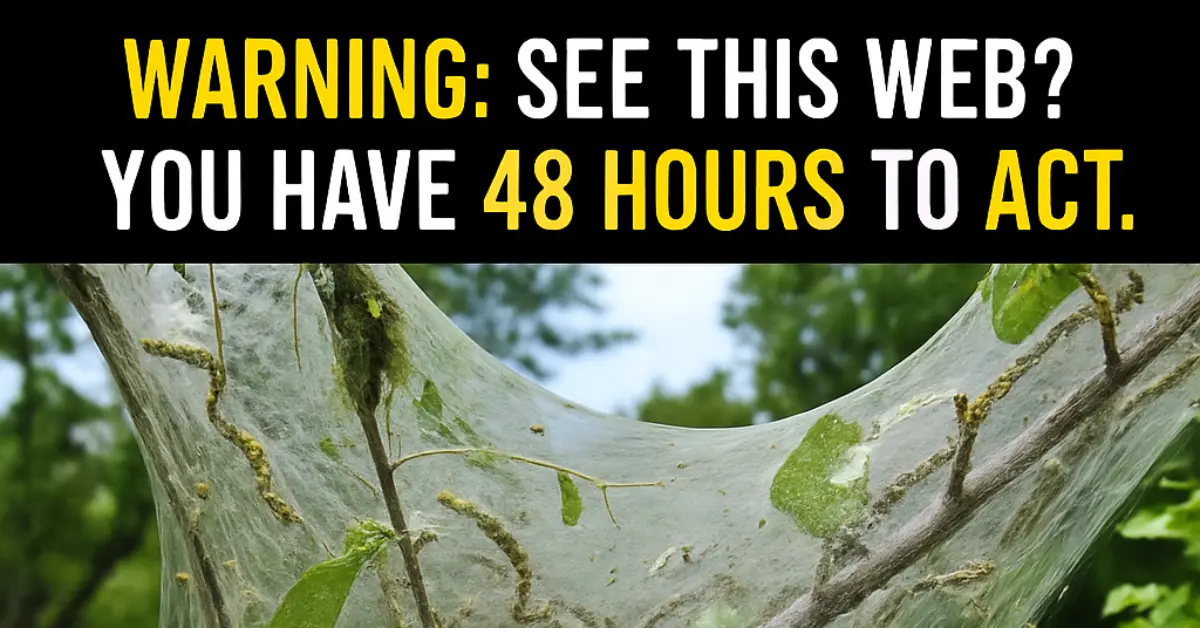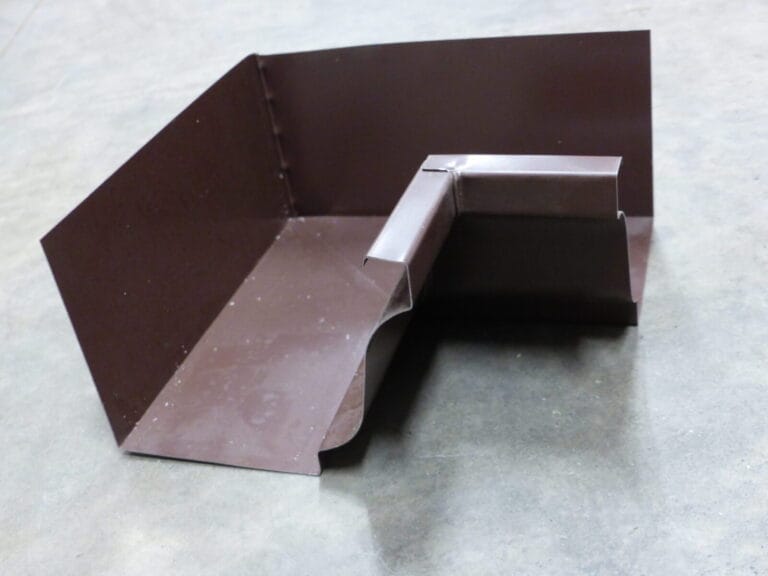URGENT ALERT: That Tiny Bug Is The New Armyworm Threat, Experts Warn

Gardeners across the US are facing a terrifying new enemy this season: a tiny pest that is causing damage similar to the feared armyworm. Experts are issuing an urgent alert about the fall webworm, which is quickly becoming a major threat to ornamental trees, fruit trees, and even some vegetables. While the webworm has been around for a long time, its population is exploding, and its destructive behavior is causing widespread panic. If you see strange, silky white webs covering the ends of branches in your yard, you need to act immediately to save your trees and plants before this pest destroys your entire garden.
Identifying the Webworm Threat
The fall webworm gets its name from the large, messy, tent-like webs it creates at the tips of branches, typically in late summer and fall. Unlike the eastern tent caterpillar, which builds webs in branch crotches early in the year, the fall webworm builds its tents over the leaves it plans to eat.
Here’s what you need to know to spot them:
- The Web: Large, loosely spun white or grayish silk webbing covering groups of leaves and the branch tips. The caterpillars feed inside this protective tent.
- The Bug: The caterpillars are pale yellow or green with long, white and black hairs. They can grow up to an inch long.
- The Damage: They strip the leaves clean inside the web, leading to large, ugly patches of defoliation. While one web usually won’t kill a mature tree instantly, multiple infestations severely weaken it, making it vulnerable to winter damage and other diseases.
Fast and Safe Ways to Remove Infestations
The good news is that these pests are easier to control than armyworms, especially if you catch them early. The key is physical removal.
- Prune and Destroy: The simplest and most effective method is to use a long-handled pruner to cut off the infested branch tips (including the entire web). Make sure you cut several inches below where the webbing starts. Once the web is removed, immediately seal it in a plastic bag and throw it in the trash to prevent the caterpillars from crawling out and moving to another plant. Never burn the webs while still on the tree, as this severely damages the plant.
- Hand Removal: For webs you can’t reach, you can often pull the web off using a stick or a gloved hand. The goal is to tear the webbing open and expose the caterpillars to birds and other predators.
- Use a Simple Spray: Once you have removed the webs, a targeted, low-impact spray can prevent new ones. Look for sprays containing Bt (Bacillus thuringiensis), a natural bacteria that only kills leaf-eating caterpillars and is safe for people, pets, and beneficial insects like bees.
Keep Your Yard Healthy All Year
Healthy plants are better at fighting off pests. Good yard maintenance is your best defense. For instance, if you notice moss competing with your grass, remember that simple, chemical-free solutions exist: a mixture of 60ml of dish soap in 4.5 liters of water sprayed on moss patches during a dry period can effectively kill and allow you to rake it away, protecting the beneficial organisms in your lawn. Staying alert and addressing problems like moss or webworms quickly is the key to a thriving, beautiful yard.
For more essential tips on maintaining a beautiful and healthy yard, visit the FitForYard Homepage
or explore our latest articles in the News Category.






